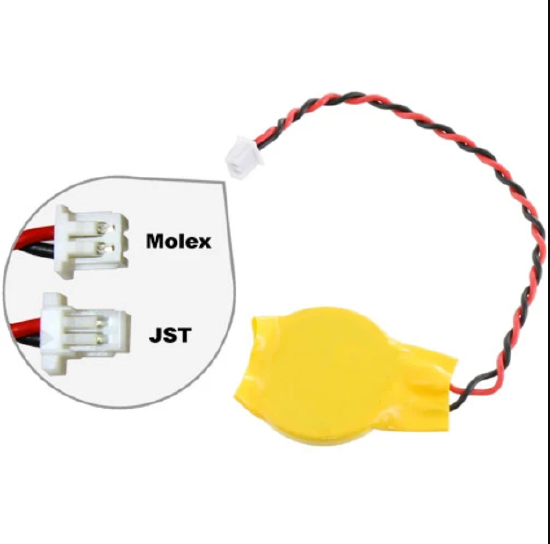How to Replace a CMOS Battery
If the CMOS battery dies, BIOS settings will be lost when the unit is powered down. You will most likely have to reset the time and date when you start the unit up. Sometimes the loss of settings will prevent the unit loading the operating system. Eventually, a CMOS battery will stop working. By disconnecting and then reconnecting the CMOS battery, you remove the source of power that saves your unit's BIOS settings, resetting them to default.
CMOS batteries can be in either a flat case or upright case on the motherboard of the unit. Here are three examples of what the battery case can look like. See Figure 1.
figure 1


Before reseating/replacing the CMOS battery, always power off the unit. After reseating/replacing the battery, power the unit back up. It should bring you into the BIOS settings screen so the date/time and other BIOS settings can be configured. Please keep in mind you will be prompted for a password when accessing the BIOS, and you will need to contact Technical Support for this password. Once the settings are configured, Save/Exit from BIOS and the unit should power up as normal moving forward.
Use your fingers to grab the edge of the battery and pull it up and out of the socket holding it in place. Some motherboards have a clip holding the battery down. If your unit's motherboard has this clip, you may need to use one hand to move the clip up and the other hand to pull the battery out. Each case type will have a simple release so the battery can be removed easily. Do not try to force it. If you do not press or hold the release latch, the battery will not come out properly and could damage the case.
Batteries are polarized. When replacing the battery, make sure the negative side is properly orientated as the original. The negative side is always the one without writing on it. Always replace the battery with the same version. The battery (aka motherboard, CMOS, real-time clock (RTC), clock battery) is generally a CR2032 lithium coin cell.
